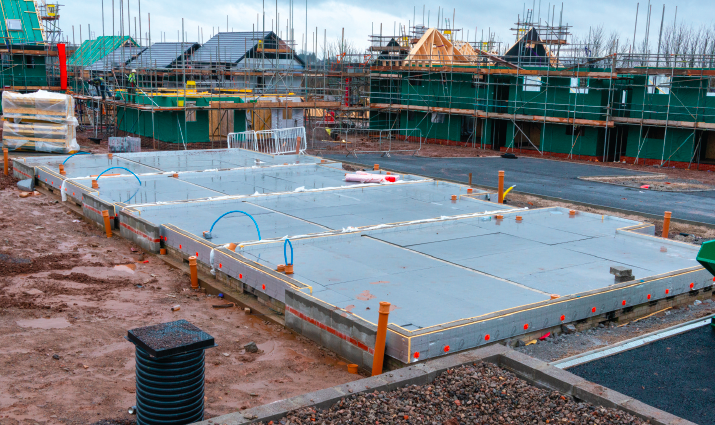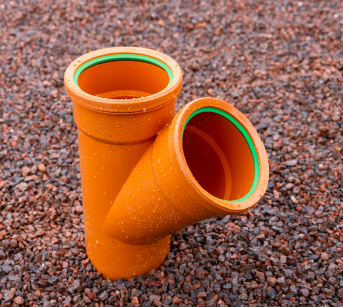
Speaking on the importance 0f below-ground foul water management, Steve Jeffries, Wavin’s Product Manager for Foul Water Systems explains how housebuilders can rise to the challenge with effective systems that require little maintenance and guarantee performance.
The Labour government’s recent pledge to ‘get Britain building again’– with 1.5 million homes over the next five years – is a welcome step to tackle the UK’s housing crisis. However, for developers already grappling with rising costs and labour shortages, these ambitious targets only add to the existing pressures to deliver and get projects right first-time, avoiding costly rework.
Therefore, the importance of getting critical infrastructure elements right, such as below-ground foul water management, has never been more crucial. With record fines being issued to water companies, due to their inability to safely manage foul water and sewage, the topic is firmly at the forefront of minds, and housebuilders understandably don’t want to find themselves facing the same scrutiny. Steve Jeffries, Product Manager for Foul Water Systems at plumbing and drainage manufacturer, Wavin, explains how housebuilders can rise to the challenge with effective systems that require little maintenance and guarantee performance.
A Challenging Environment
Foul water management is crucial for any development, whether commercial or residential, to prevent harm to biodiversity, protect local waterways, and, most importantly, safeguard the health and wellbeing of communities. With so much at stake, it’s essential that this isn’t considered a ‘tick box’ exercise for housebuilders on their projects. However, with demand for housing at an all-time high, installation windows and deadlines are now tighter than ever. With little room for error, getting these systems right first time is essential, as problems with these networks can lead to significant disruptions, costly repairs, and long-term reputational damage.
On top of this, developers are also expected to incorporate sustainable practices across their projects, with efforts to keep maintenance and waste to a minimum now a priority. It is essential that foul water management systems meet performance standards, provide longevity, and also align with wider sustainability goals.
To address such challenges, solutions that provide “fit and forget” performance, which means they are fit for purpose and do not require costly remedial works are now key for the sector to avoid disruption and headaches further down the line on projects, while supporting the achievement of goals and quotas.
Long-term Considerations
Developers need to be aware of longer-term challenges, such as root ingress and blockages. By addressing these at the build stage, developers can ensure foul water systems are built to last – saving money and supporting the long-term viability of sites by reducing and mitigating future disruptions.
A silent killer for drainage systems, root ingress – where tree roots infiltrate underground pipes, leading to blockages, leaks, or even system collapse – can often lie undetected for years. Preventing the problem from happening in the first place is a much more effective approach than addressing it once it has occurred. Solutions like Wavin’s OsmaDrain with RootSeal Technology gently discourages roots from penetrating pipe joints. The drains contain a natural mineral additive which harmlessly repels tree roots from pipe joints to reduce potential damage. The innovation greatly minimises the need for potentially disruptive work further down the line, while also being proven to have no negative impact on roots, surrounding soil or wildlife, enhancing its sustainability credentials.









